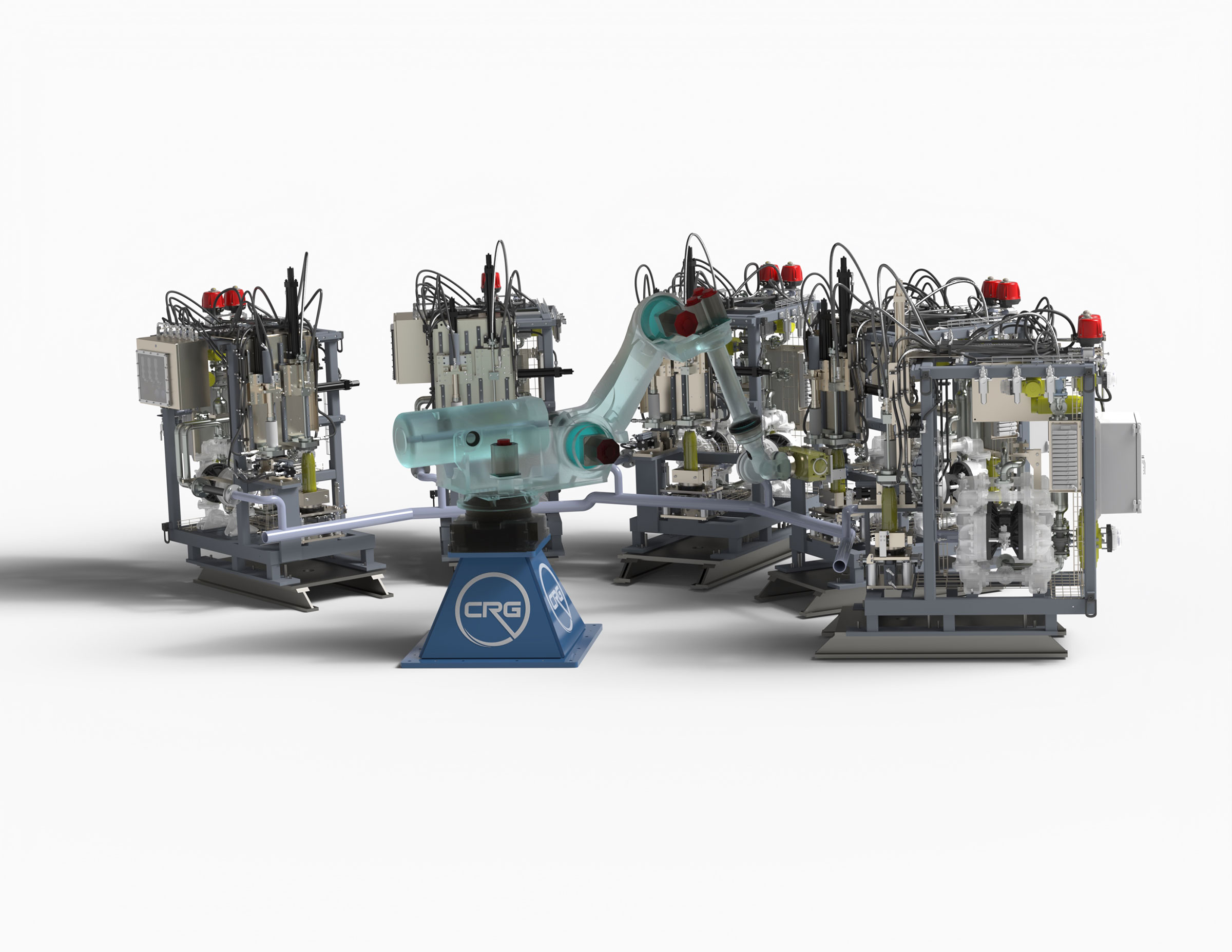These are independent reviews of the products mentioned, but TIME receives a commission when purchases are made through affiliate links at no additional cost to the purchaser.
While the U.S. has long urged other countries to destroy their chemical weapon stockpiles, it didn’t eliminate the last of its mustard gas mortars until this summer. Part of the problem was that decades-old liquid mustard had coagulated into a “greasy, tar-like substance,” says James DeSmet, the CEO of CRG Automation. In less than two years, however, a team that included CRG cleansed the weapons with a robotic system it designed and constructed, the Improved Cavity Access Machine, which disassembled, power-washed, and vacuum-cleaned the mortars. The project was able to safely destroy nearly 47,000 canisters before a convention deadline in September.
More Must-Reads From TIME
- The 100 Most Influential People of 2024
- How Far Trump Would Go
- Why Maternity Care Is Underpaid
- Scenes From Pro-Palestinian Encampments Across U.S. Universities
- Saving Seconds Is Better Than Hours
- Why Your Breakfast Should Start with a Vegetable
- Welcome to the Golden Age of Ryan Gosling
- Want Weekly Recs on What to Watch, Read, and More? Sign Up for Worth Your Time
